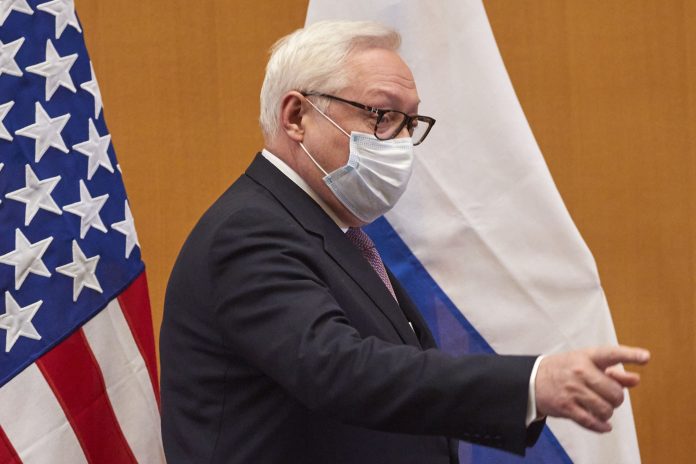Due to what the Kremlin described as US efforts to hand Moscow a “strategic defeat” in the Ukraine conflict, Russia has warned the United States that the final remaining tenet of a nuclear arms control treaty between Moscow and Washington could fall in 2026 without a replacement.
On Monday, the RIA state news agency was informed by Deputy Foreign Minister Sergei Ryabkov that it is “quite a possible scenario” that no such treaty will exist after 2026.
“The United States has also been accused of ignoring Russia’s interests and dismantling the majority of the architecture of arms control in recent years,” said Russia’s top arms control diplomat. This could very well happen to New START. We are prepared for such a circumstance.”
ALSO READ: Russia postponed Nuclear disarmament talks with US
In July 1991, US President George H. W. Bush and Soviet President Mikhail Gorbachev signed START, which was later renamed START I. It prohibited both countries from deploying more than 6,000 nuclear warheads on top of 1,600 intercontinental ballistic missiles (ICBMs) and bombers.
President Bush and Boris Yeltsin, the then-president of Russia, signed START II in January 1993, but it fell apart and was never implemented.
The New START, or START III, was signed in April 2010 by then-US President Barack Obama and then-Russian President Dmitry Medvedev. Under this agreement, both sides agreed to reduce the number of strategic nuclear warheads deployed to 1,550, the lowest level in decades. START I came to an end in late 2009, and its replacement, the New START, was signed in its place. However, it does not restrict the thousands of nuclear warheads that are still operationally inactive in the US and Russian stockpiles.
United States President Joe Biden and his Russian counterpart Vladimir Putin extended the New START agreement in February 2021 until February 4, 2026. The already strained ties between the two powers will be further weakened if the agreement is not extended.
Monday’s remarks by Ryabkov served as a warning to the United States that its continued military support for Ukraine could damage the last significant bilateral arms control treaty with Russia after the Cold War.
Over 1 million 155mm artillery rounds, more than 1,600 Stinger anti-aircraft rocket systems, 8,500 Javelin anti-tank missile systems, and more than $27 billion in security assistance have been provided by the United States to the former Soviet republic of Ukraine since the outbreak of war on February 24, 2022.
Ryabkov stated, “The US line of inflicting strategic defeat on Russia has held the entire situation in the sphere of security, including arms control, hostage.” Using every tool in our arsenal, we will fight back against this as hard as we can.
The talks between the United States and Russia on resuming inspections under New START were called off at the last minute in November 2022. A timetable for new talks was not agreed upon by the parties.
“Expiration of the Treaty without a follow-on agreement would leave Russia free to expand strategic nuclear forces that are now constrained, as well as novel intercontinental-range and regional systems that are not currently limited by the Treaty,” the United States stated in its 2022 Nuclear Posture Review.
“Russia is pursuing several novel nuclear-capable systems designed to hold the US homeland or Allies and partners in danger, some of which are also not accountable under New START,” it added, was another claim. The United States of America and Russia still possess approximately 90% of all nuclear warheads in the world.













